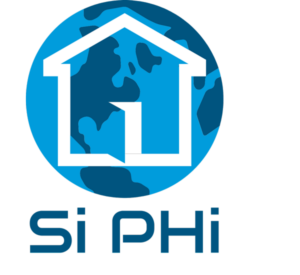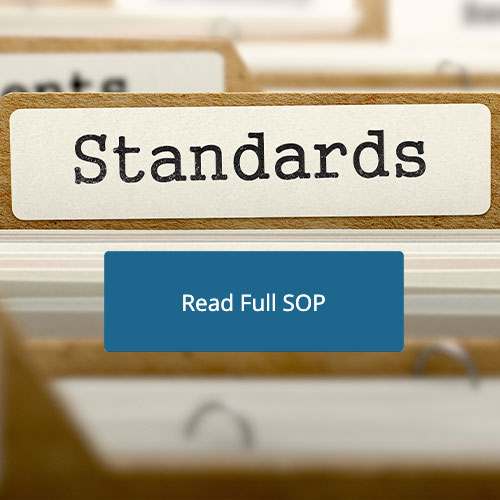SiPHi National Standard Of Practice
Understanding the perspective of your client and responding with the right product are some of the most difficult tasks when starting a new business or launching a new product. We believe the product an Inspector gives their client (property owner or inspection company) should include a better understanding of the condition, durability or maintenance level of the inspected building.
Optimizing for Real-World Use
The organization of inspection data in the past has solely focused on how Inspectors can best collect information on a site, but is never translated into a format that gives true clarity to the client. The compartmentalizing of the structure being inspected from the attic to the exterior wall and then to the foundation rarely is reported in a way that describes the entire shell support. The vapor barrier and insulation are significant systems that are mainly reported as inches of insulation in the attic, while neglecting the surface area of walls and crawl spaces.

